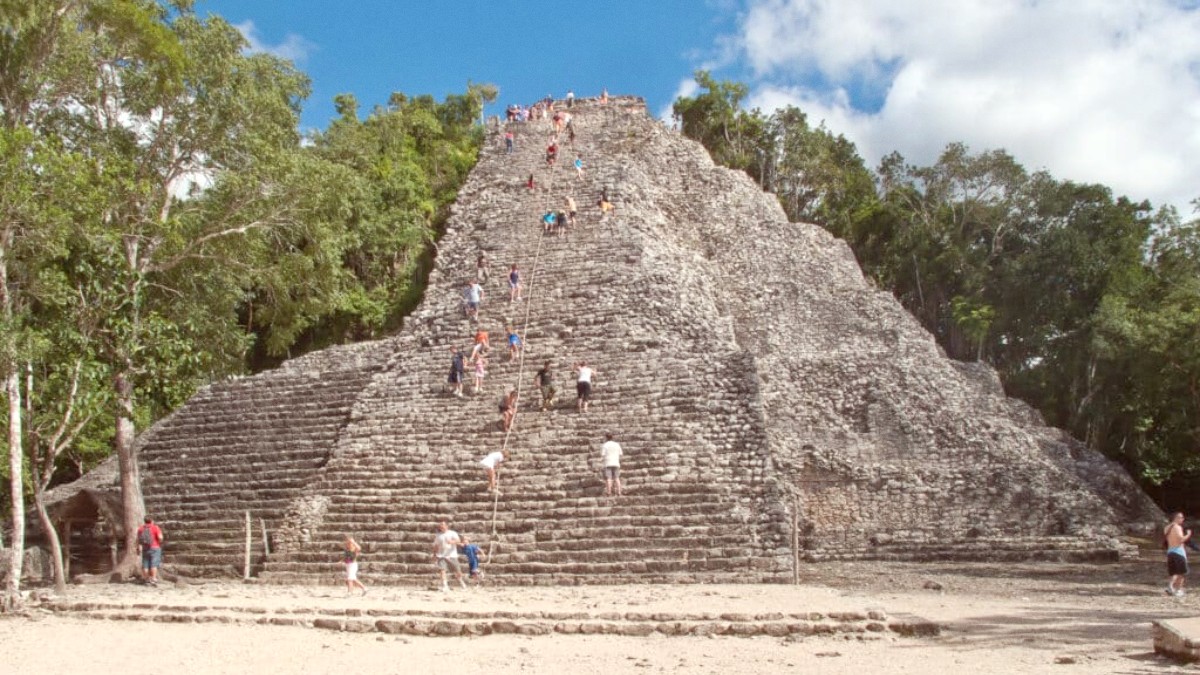
Yucatan Peninsula, Mexico
Staying connected in Coba is straightforward with a few preparations.
Spanish is the official language. While English is spoken in tourist areas, basic Spanish phrases are helpful.
Be aware of typical operating hours and public holidays for local services.
Plan your cash withdrawals and airport experiences effectively.
Mexico's infrastructure, especially in historical sites like Coba, is not generally designed for comprehensive accessibility. Cobblestone streets, uneven terrain, and a lack of ramps are common.
Information regarding infrastructure and services for travelers with diverse needs.
Infrastructure in Coba and other historical sites poses challenges with uneven terrain and limited ramps.
Specific services for visually impaired travelers are not routinely advertised for Coba.
No specific services like sign language interpretation are generally available for Coba tours.
The Coba archaeological site covers a large area with unpaved, uneven paths.
For travelers with specific needs, advance planning and direct contact with providers are recommended.
While challenges exist, direct communication and preparedness can lead to rewarding travel experiences for everyone.
Mexico observes several public holidays. While many tourist-oriented businesses stay open, some local shops and government offices may close.
Travel can be busier around these times due to local celebrations and extended breaks.
These holidays are marked by public events and may affect local services.
Experience unique cultural traditions during the later part of the year.
Each season in the Yucatán offers a different experience, influenced by weather patterns.
Align your visit with specific weather conditions or cultural events for a tailored and memorable Coba experience.